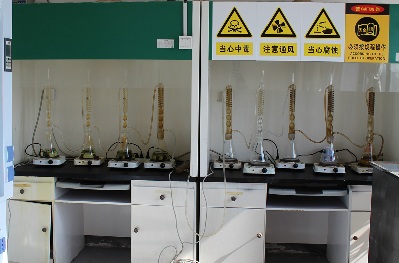corrosion test![]()
Valve detection![]()
Metallographic analysis![]()
component analysis![]()
Mechanical test![]()
failure analysis![]()
Nondestructive flaw detection![]()

2017-03-09 Rongda test 1020 times

Detection Purpose: Check the resistance of materials to intercrystalline corrosion
Detection range: Stainless steel and its alloys
Intercrystalline corrosion:
A type of local corrosion. Corrosion extending internally along the boundary between metallic grains. Intergranular corrosion is a kind of local corrosion failure that occurs and develops along or close to the intergranular of materials in a suitable corrosion environment. Intercrystalline corrosion starts from the surface of metal materials and develops inwards along grain boundaries, resulting in the loss of intercrystalline adhesion and almost complete loss of material strength. For example, stainless steel, which suffers from intercrystalline corrosion, is still very bright, but can be broken into fine powder when struck lightly.
Stainless steel intercrystalline corrosion C method — Stainless steel sulfuric acid — Test method for corrosion of copper sulfate
Suitable for testing austenite, austenite — Ferritic stainless steel in sulfuric acid with copper chips — After boiling test in copper sulfate solution, the tendency of intercrystalline corrosion was determined by bending or metallography.